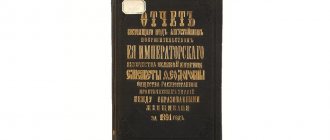This style may initially seem too simple, dry and primitive. But as soon as you take a closer look at it, its true essence is revealed - lightness, special expressiveness, the desire for comfort mixed with practicality. The minimalist style is gaining popularity around the world. More and more country houses and interiors are appearing, decorated using minimalist techniques, and this does not in any way affect the quality of the design - both buildings and interiors attract with their unsurpassed elegance and tranquility. The style creates a calm environment, sheltering from the outside world, oversaturated with events and information.
House project in a minimalist style with second light and a swimming pool Source zen.yandex.ru
History of the origin of the style
The origins of minimalism can confidently be considered avant-garde movements that emerged and rapidly gained strength in the 20-30s of the last century - constructivism and functionalism. New times required new ideas. Elaborate decorativeness and embellishment are a thing of the past; their place was taken by forms and techniques based on brevity and functionality.
The modern exterior and interior of minimalism finally took shape in the post-war era, in the 50-60s of the last century, when revolutionary-minded youth fought against the society of consumption and hoarding. The result was a trend that spanned all areas of art. Simplicity and laconism have taken root both in architecture and in interior design.
An example of modern minimalism in the design of a studio room Source chrome-effect.ru
You'll like it:
Transurfing reality. Stage I: Space of options #1
5.114908★
Audiobook by Vadim Zeland.











